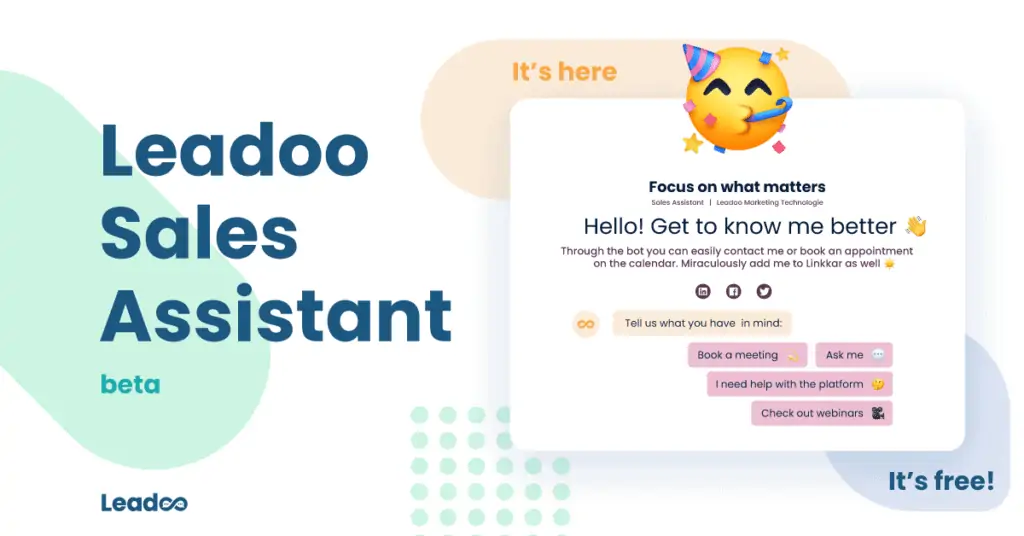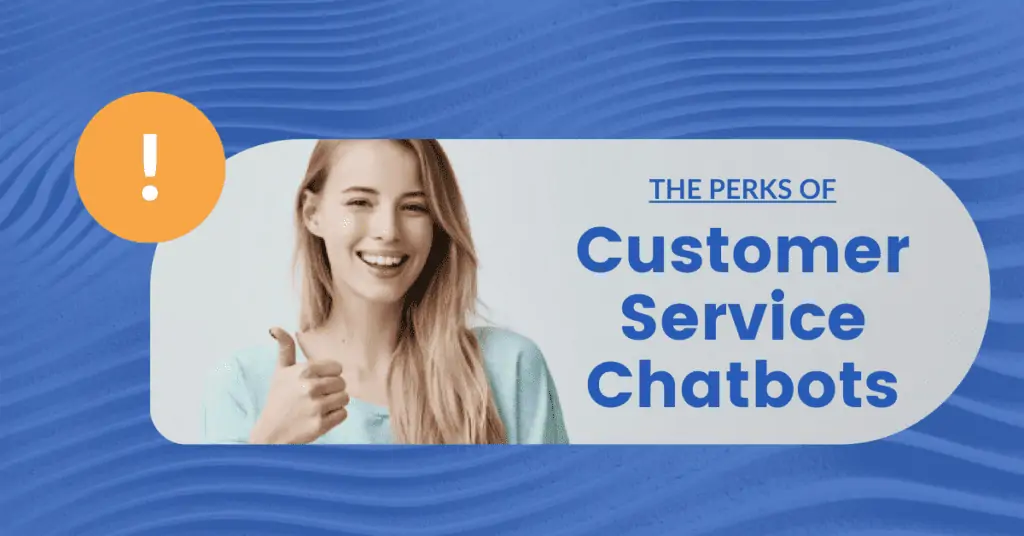
Are you looking for ways to increase engagement with your brand? Do you feel like the content you painstakingly produce just isn’t cutting through? Maybe it’s time you tried incorporating gamified elements into your material.
Gaming is not the same as gamification
For some this may be obvious but gamification is not the same as gaming. Gaming is the production of a separate medium whereas gamification is the application of the principles of gaming to marketing or educational material. What gamification seeks to achieve is increased engagement and understanding of content through our natural attraction to game principles.
The following post will explain how gaming principles leverage our human instincts for competition and game scenarios, what these gaming principles actually are, and finally ways those principles can be introduced to provide value to your business.
What’s the psychology of gaming?
Gamification activates the following elements of human motivation:
1. Competition
– The first is our desire to compete. Whether we are trying to demonstrate our knowledge on a subject by taking a quiz or completing a crossword, or whether we want to establish a position in a community, competition is a deep survival instinct. We either want to demonstrate our strengths or we see what others have done and want to receive the same benefits.
2. Status
– Next is the importance we attach to status. Like all of these motivations they fluctuate depending on the individual, however, most of us take pride in having others recognise our position in a community. Although status through gamification doesn’t hold the prestige of work or education, it can be just as powerful, especially when applied to mundane or routine tasks.
3. Achievement
– This is the most obvious gaming motivation. Dopamine release is triggered in our brains whenever we achieve even the smallest of goals or targets. The design of a challenge can trigger this sense of achievement in itself but recognition of the achievement will also have the same effect.
There are other motivational elements applied in gamification principles, such as self-expression or altruism. However, these are less common and powerful than the three mentioned above, as well as being more difficult to incorporate into a basic gamification strategy.
Good examples of the principles of gamification in practice
Competition
All gamification principles and ideas can be categorised under the umbrella of competition, status and achievement. In the first place, our competitive instincts are what draw us into the idea of a challenge. It’s worth remembering that ‘challenge’ is a flexible term. Think about all those ridiculously easy facebook quizzes that state only ‘3 out 10 people can name all these cities’. You know they’re clickbait and obvious but you just can’t help yourself! We love the idea of proving to ourselves (and others) that we are smart.
A good example is the National Geographic competition run in order to promote interest in the second season of its show Genius. Spread out over a period of five days were clues that fans of the channel had to figure out. In this case, the questions were a real test of knowledge regarding topics such as architecture and history. Even though there was a prize at the end, you can be sure there were many who were hooked on the idea of demonstrating just how clever and capable they are.
Status
If your gamification strategy is being built for the long-term, then it’s important to think about status. Individual progress should be measurable through the accumulation of points. Those points can lead to different levels and be recognised on a leaderboard. The issue of external status is one element but then appreciation of personal progress is another.
One example I know well (because my mother-in-law is hooked on it) is the foreign language learning software Duolingo. They have different leader boards for whatever learning stage you’re at, and in whatever language you’re practicing. If you don’t keep at it everyday then you lose your position. Also, if you lapse and forget, there’s some notification reminders that evoke a sense of disappointment. It’s all designed to help tackle the daunting challenge of learning a foreign language by breaking it up into manageable pieces.
Achievement
Whether or not you can create an effective gamification challenge alone doesn’t necessarily matter if you can supplement it with a system of rewards. Coupons, prizes, giveaways etc. have been used by businesses for a long time. Lavish holidays or expensive cars are now commonplace. However, again you don’t have to break the bank in order to activate the human desire for rewards. Earning badges or certificates are a great example of a budget reward mechanism. Prizes and goods can be initially virtual and then could be exchanged for tangible assets if the programme proves successful.
The company SAP needed to quickly get its huge global team of sales staff to quickly engage in a new portfolio. It did this by tapping into the competitive nature of sales people through its Roadwarrior programme. Sales reps answered questions from simulated interactions with customers, winning badges and earning points in the process. Reps then challenged coworkers and the overall strategy helped train employees.
Statistical tracking and a deeper relationship with your audience
Like with most things, the data behind the process is critical. It’s essential that you keep a track of how much each user interacts with the gamification strategy. This is not just for your benefit but theirs as well. Reflecting on how much and how successfully they engage is the biggest (and cheapest) reward you can provide. The more creative ways you can illustrate and reflect this information the more attention you will capture.
This is also how you foster a much deeper relationship with your audience. Not every company can provide a huge customer support team or respond individually to community members. This is why a gamification strategy can help. Companies can do much more to embrace customers than, say, simple loyalty schemes. For example, using chatbots to engage website visitors in conversations. These bots can also be easily linked to your gamification strategy as a way of inspiring visitors to engage more with your content.
Gamification is a much more interesting way to reach and interact with your audience. That’s what people nowadays expect: to be entertained and engaged.


